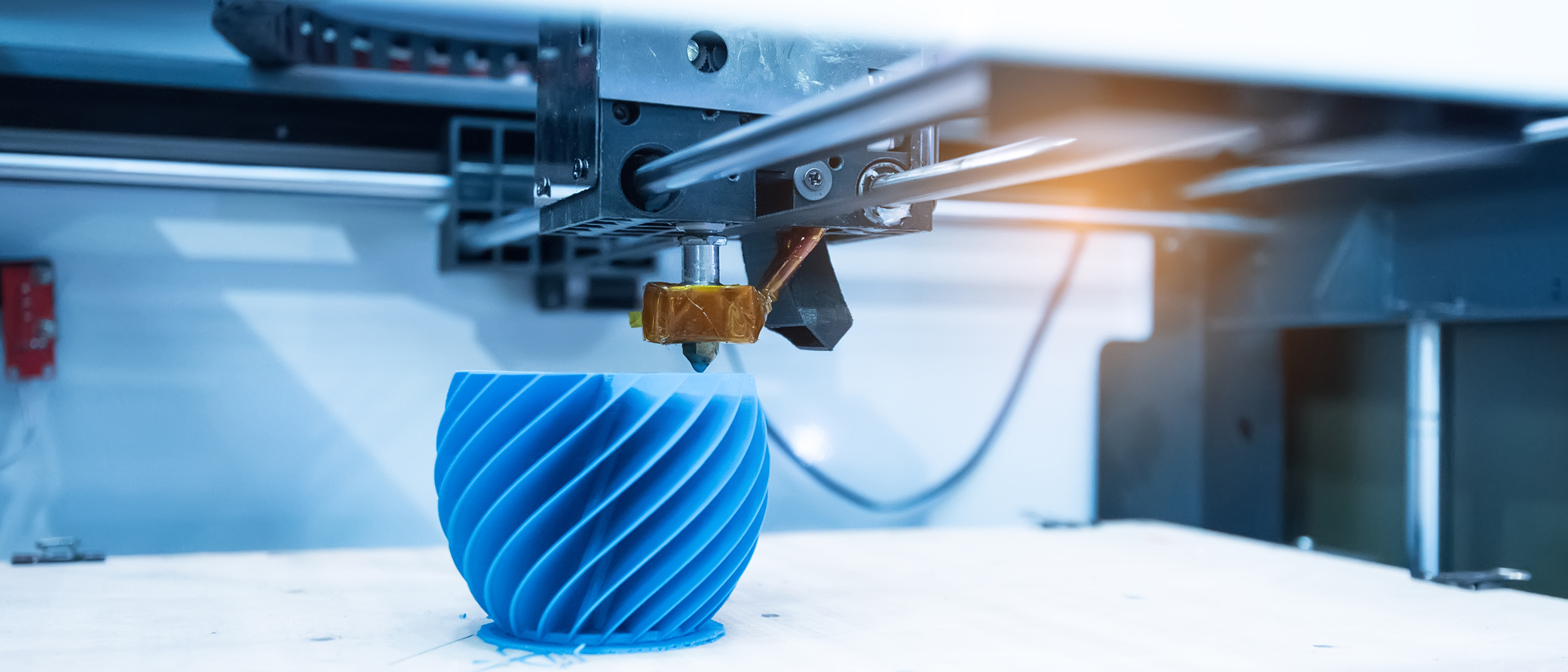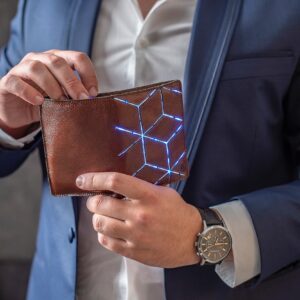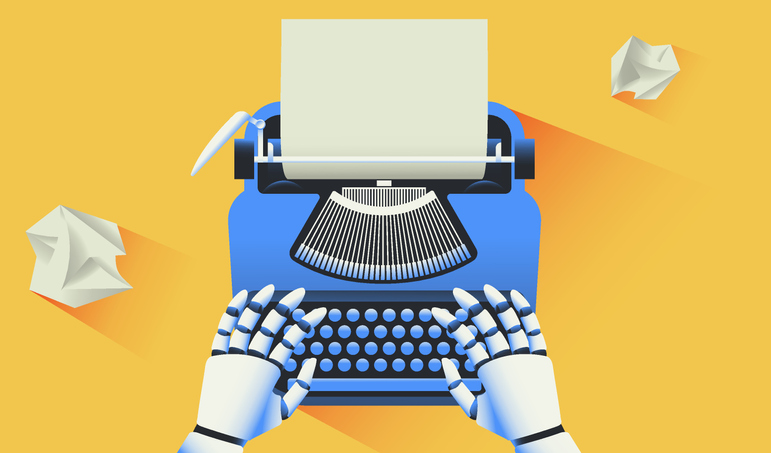In the past, 3D printing in the automotive sector has primarily been used for prototyping. Rapid prototyping has practically become associated with 3D printing due to the greatly accelerated pace at which this technique can be used. This technology has completely changed how products are developed.
See Also: Evolving Consumer Preferences on the Car Industry
With the use of 3D printing, automobile designers may swiftly create a prototype of a physical part or assembly. Be it a scale replica of the entire vehicle or a straightforward interior component. Companies may quickly prototype concepts to create strong proofs of concept. These ideas can then be developed into high-fidelity prototypes that closely resemble the finished product, leading to the eventual production of products through a number of validation processes.
3D printing for same-day automotive prototypes
Numerous 3D printing techniques are employed at Ford’s Rapid Technology Center in Merkenich, Germany, to quickly produce prototypes. Engineers and designers can hold their designs in their hands in a matter of hours rather than submitting a task to a shop with a lead time of several weeks. In the center, designers may make prototypes on the spot and iterate over numerous designs in a matter of hours. According to Bruno Alves, a specialist in additive manufacturing at Ford, physical prototypes can have advantages over digital ones.
Using 3D printing to make car parts lighter
IGESTEK is a Spanish automotive supplier with a focus on the creation of lightweight solutions using composite and plastic materials. From the conceptual design phase to confirm geometry through the detailed design phase to realize functioning prototypes, their team uses 3D printing throughout the product development process. Additionally, they produce quick tooling with 3D printing, such as thermoforming tools for composites or inserts for plastic injection molds.
Using 3D printing to bring concept cars to life
The team uses 3D printing to not only produce better things more quickly but also to draw in new customers. Many of their clients come to them in order to acquire the most recent technologies and have their components created from the most cutting-edge materials.
Over the past ten years, technology and 3D printing have advanced astronomically. Some of the items we create today would have been unattainable when I first began out making low-volume, specialized automobiles. And not only am I able to make these parts right now, but I’m able to do so extremely fast and at a very low cost.
Auto Parts 3D Printed Molds and Dies
Akra Pro, a provider of additive manufacturing services, has created a revolutionary method for molding leather using 3D-printed dies. They have put a technique for shaping and embossing genuine leather to the test in collaboration with some of its clients, including producers of high-end automobiles, motorbikes, and motor homes.
Expanding foam is used in Makra Pro’s method. It evenly distributes pressure across a panel of stretched leather using molds made on a Form 3 printer. The leather is pressed into the die and assumes its shape as the foam dries and becomes harder.
The final leather components can subsequently be stretched over a car door panel or fastened to the seat cover. These leather components are used by a company of limited-edition luxury cars as wall or ceiling panels in vehicle upgrades.



















